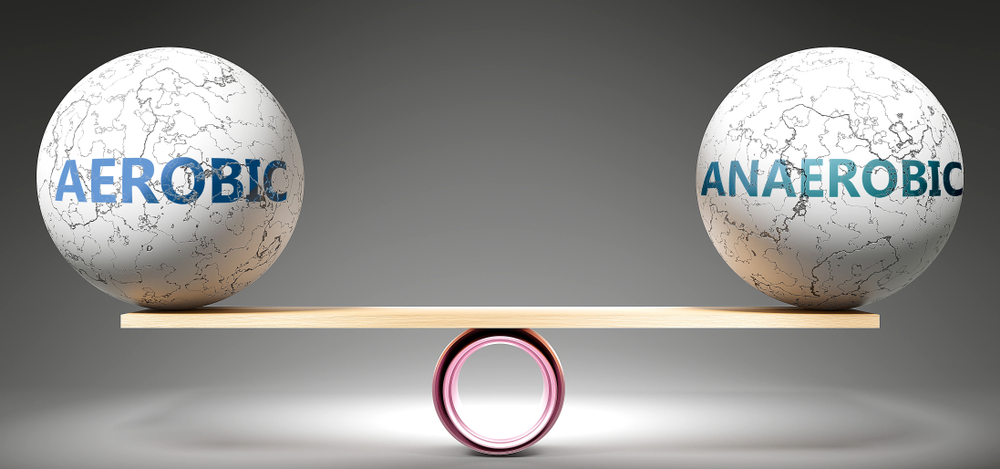Energy System
When we talk about how one of the smartest machines ever existed gets its energy from, we generally end up talking about the food we eat or drink.
But what happens to that food after digestion, absorption, and transportation.
What all systems are there inside this machine, which uses the fuels, and in what conditions, they are getting used. Wherever we do a 30 km run, or while I’m typing this line, everything is powered by one and only compound, ATP. But – Why do all the movements look different? Why does running exhaust a person, but walking doesn’t? Why can athletes keep on working out for very long, and some just get exhausted in a very short period of time?
Let’s explore the three energy systems for ATP (Adenosine Tri-phosphate) production, which releases energy.
Types of Energy Systems
The e nergy systems actually give some of the most known and discussed forms of training are, Aerobic and Anaerobic training.
The three energy systems are, the Aerobic, Anaerobic, and creatine phosphate cycle .
Let's understand the basics of each of them for better understanding,
A erobic system
Everything starts with the Aerobic system – A energy production system, which is essential for survival. Without the aerobic system in its place, we’ll exhaust and die in a moment or two as it is the predominant energy system at rest. The aerobic system is dynamic, and the most optimal one.
The primary source of fuel during the aerobic system is blood glucose, glycogen, triglycerides, and proteins (in extreme conditions), and produces 38 ATP per glucose molecule. This system is also called the slow oxidative system, as it is slower than the other two and needs the presence of oxygen to synthesize energy.
Low-intensity long-duration activities such as running a marathon, cycling, walking, etc. are fuelled by the aerobic system.
A naerobic system
Then, when the intensity of the movement increases, the anaerobic system kicks in. This system doesn’t rely on oxygen, can last for a minute or two in some cases, and can only use carbohydrates/glucose as a raw material to produce ATP. This system produces comparatively less ATP (2) per molecule but can synthesize them fast enough to keep the movement happening, which in turn helps with overloading and adaptations. Moderate-intensity short-duration activities such as sprinting, hurdling, etc. are fuelled by this system.
C reatine-phosphate cycle
Post the anaerobic system’s exhaustion, the creatine phosphate system kicks in, which can produce energy even more rapidly but only can be sustained for 10-12 seconds. This is done by the creatine phosphate stores releasing their phosphate molecules, and they get attached to the ADP (Adenosine diphosphate), to make ATP. This generally happens so fast, and at the last that most people don’t even reach this point, and give up during the final seconds of the anaerobic production pathway, because of lactate production, and that burning sensation in the muscles.
Short-duration explosive moves like long jump, high jump, sprinting, running, etc. are fuelled by this system.
When looking at the individual systems in isolation, it may not make sense because the body doesn't use one system at a time, these systems go on a loop, and the dominant system changes with increased requirements. As we discussed, predominantly, the aerobic system rules everything, but at times, when the activity is challenging and demands more effort, anaerobic and the creatine phosphate cycle takes over.
References
- Gastin P.B. (2001) ‘Energy system interaction and relative contribution during maximal exercise’, Sports Medicine, 31(10), pp. 725–41.
